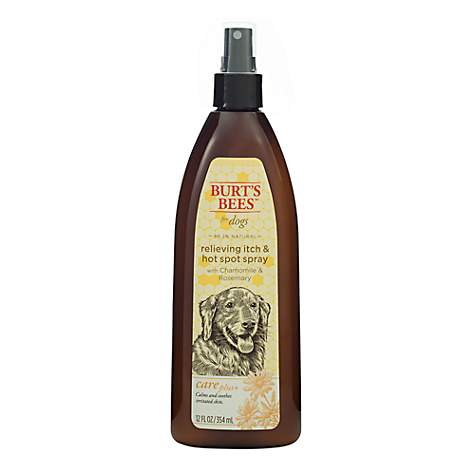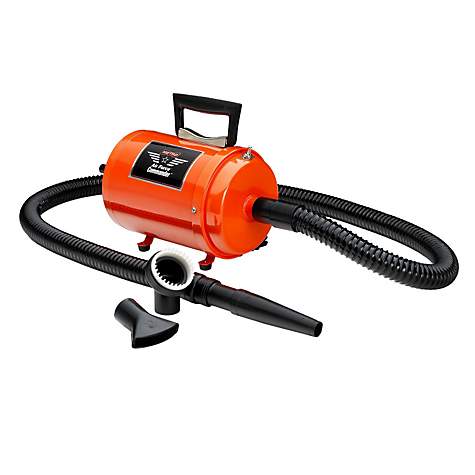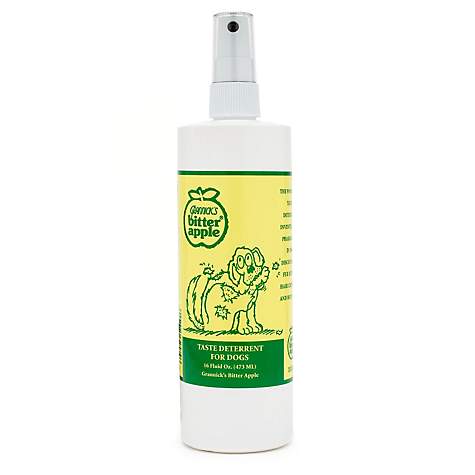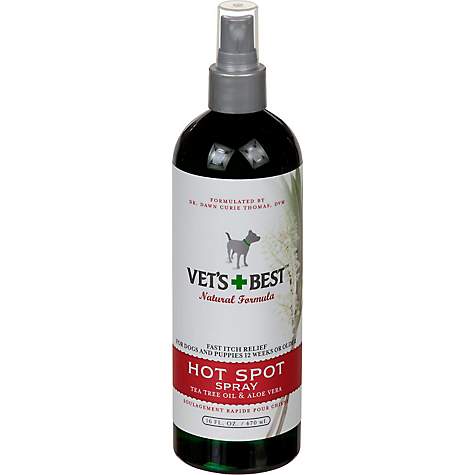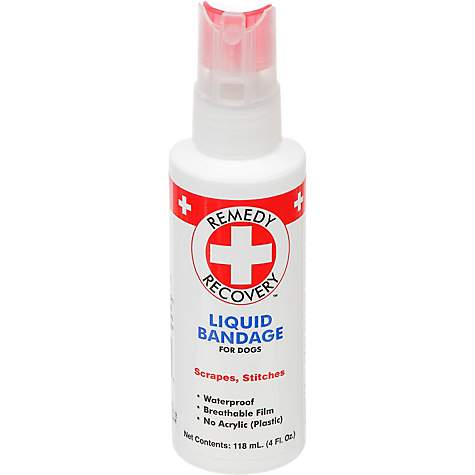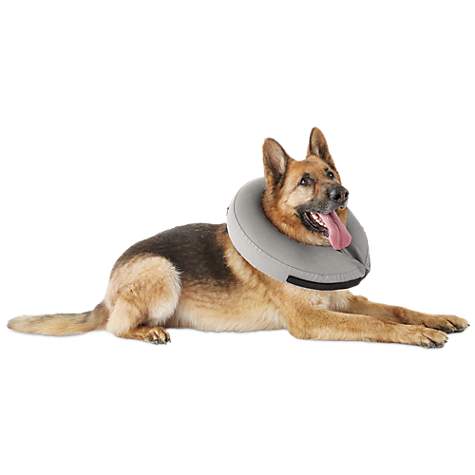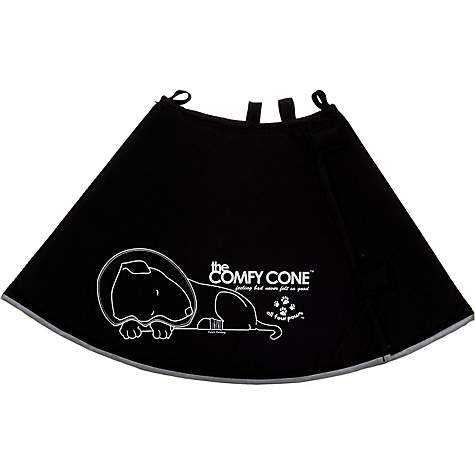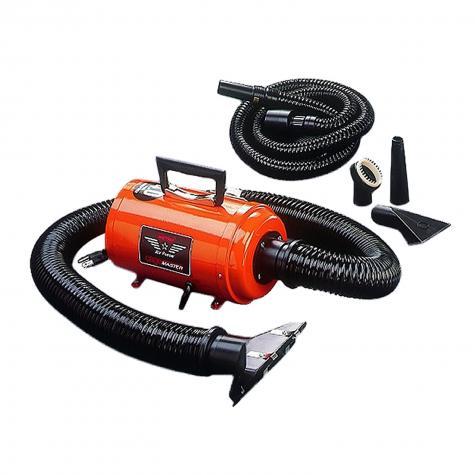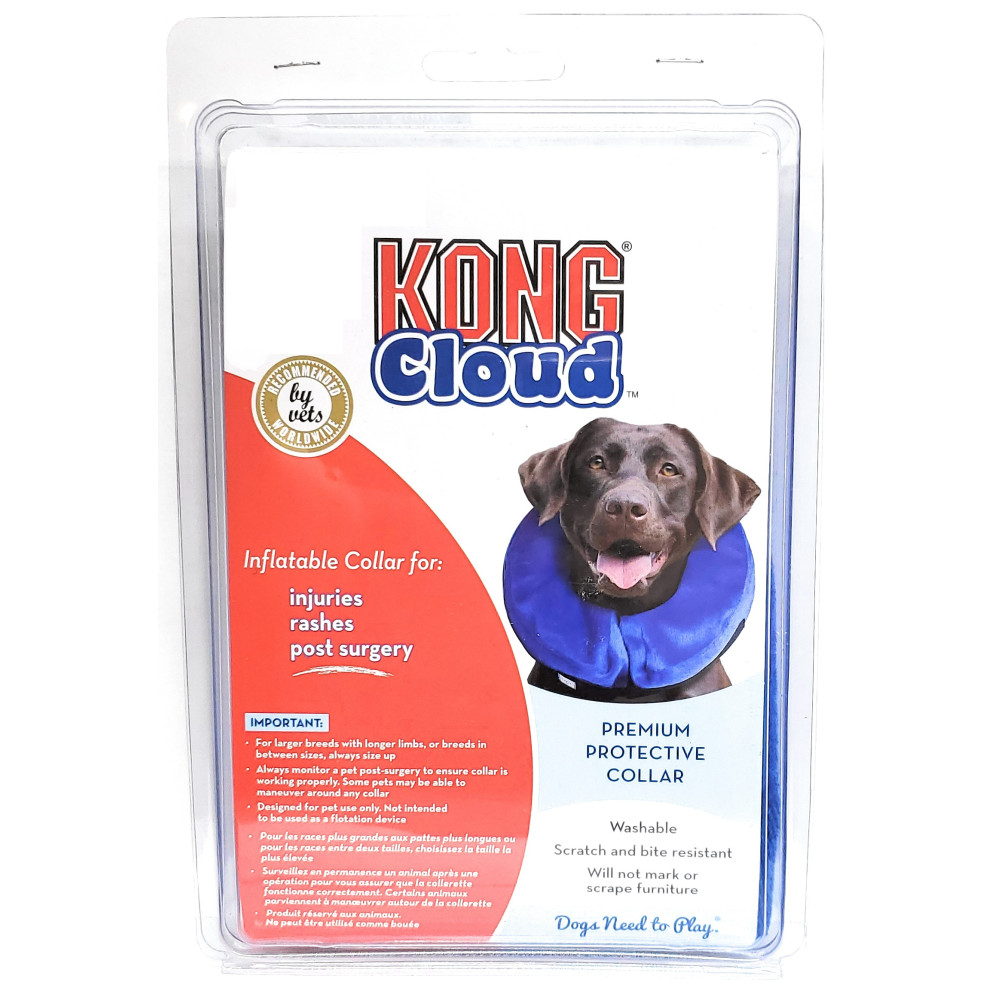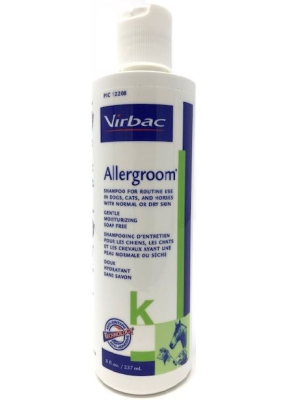Hotspots - Prevention and Healing
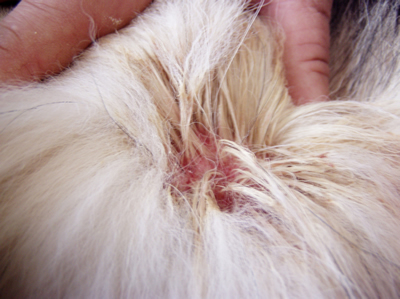 2 hotspots on different dogs, oozing pus, red raw
and irritated - and very smelly.
2 hotspots on different dogs, oozing pus, red raw
and irritated - and very smelly. The hotspot on the right (or below) was not there only 12 hours earlier.
Ouchie! Hotspots - the bane of a Malamute living outside the arctic. While the arctic is a "desert" with cold dry air, most of us live in areas with air that is moist to some degree. This can cause skin problems in some Malamutes, or any heavy coated dog, when dampness gets under the coat and remains against the skin. If the dog is blowing coat, it can be especially bad because if the loose coat isn't combed out, it will trap even more moisture.
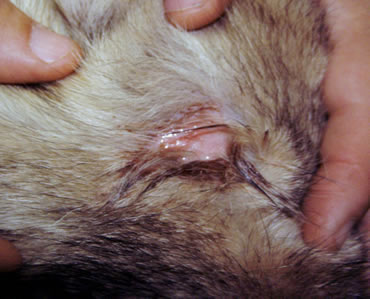 Sometimes all it takes is one humid or rainy day and BINGO, you have a hotspot, seemingly
from nowhere. Combing your dog well (not allowing old dead fur to build up)
can prevent problems, but not always. Also, be sure to dry immediately, any
dog prone to them, if they get damp or wet. It's good to give a bath to help
the coat come out, but don't do it if you can't take the time to get them ABSOLUTELY
dry everywhere!
Sometimes all it takes is one humid or rainy day and BINGO, you have a hotspot, seemingly
from nowhere. Combing your dog well (not allowing old dead fur to build up)
can prevent problems, but not always. Also, be sure to dry immediately, any
dog prone to them, if they get damp or wet. It's good to give a bath to help
the coat come out, but don't do it if you can't take the time to get them ABSOLUTELY
dry everywhere!
Hot spots can be cured quickly and without shaving. Some dogs are more prone to them than others. My guess is that it has something to do with the density of the coat or the bacteria resident on their skin. While some dogs merely need to be a little damp from high humidity to get them (Star), others can swim and remain wet all day and NEVER get them (Shadow). I have seen a familial connection, though I'm not sure I'd call it a hereditary problem. Hotspots are caused by a yeast type bacteria that grows out of control in the warm, damp area under the coat next to the skin. Depending on when you "discover" it, it can be anywhere from slightly pink and irritated, to red and oozing pus like the one above, or worse (bleeding and oozing pus over a large area).
Untreated, they will eventually spread, begin to bleed, the hair will fall out - or be hopelessly matted with goo and become extremely itchy and irritated. If you do nothing, it will spread over a larger area and possibly become infected. Occasionally, if small, they will clear up on their own (but don't count on it). If you have a wooly, it's even more important to keep your dog free of matts because hotspots often form under them and are very difficult to find and treat. So, as soon as you notice your Malamute (or any heavy coated dog) scratching something, don't assume it's fleas or ticks - it may be a hotspot. Part the fur and look for it. They are VERY itchy and many dogs will scratch and bite at the spot incessantly -- which only wets and inflames the red and irritated skin more.
The key to curing a hotspot is to find it fast (not always easy with thick Malamute fur!), and treat it while it's still small. Actually, the one pictured above was pretty good sized - about the 2" in diameter. This particular one had an awful smell (they don't always). The key to getting rid of a well-entrenched hotspot is (1) get it dry (2) Keep it dry (3) use some kind of anti-fungal cream or powder.
Once you first discover a hotspot, your instinct will be run to the vet because it looks horrible! However, unless it's infected or extremely large and bleeding, that's probably not really necessary. Most vets will prescribe a totally unnecessary antibiotic and shave the skin, and tell you put an antifungal on it - which is what actually cures it. If you can't resist and must go see him, ask him for an E collar if the hotspot is in an area the dog can reach with his mouth. Most won't leave the area alone so you'll find a E collar very helpful!
Treating a Hotspot
Gather your supplies:
- Something to clean it with (Peroxide or Phisohex soap and water are good)
- A comb or rake - a flea come works really well if you are careful to be gentle using it
- A drying agent that has anti-fungal properties - many things work - Desenex, Gold Bond Powder, used Teabags (the tannic acid kills the bacteria)...but we prefer to go to the athlete's foot section in the supermarket - there you can probably find a cream or powder containing "Tolnaftate" 1 or 2% as the active ingredient. One brand name is Tinactin - but Desenex or even Micatin with Miconazole works really well. There are also generic powders and creams that are just as good as the brand names if they have tolnaftate or miconazole in them. I prefer the powder over the cream (if you can find it) only because it also helps the drying process too.
- A blow dryer
- If you decide to give a bath (preferably not since the whole problem started from dampness), you might want to use a shampoo which has anti-fungal properties
You may need to have someone hold the dog since it's going to be sore and they are not going to be happy (at first) with you combing an area that is so red and raw. But it has to be done to get out all the old dead fur that is icky and clogging up the area. If you don't remove it, air can't circulate, and it's unlikely to improve. Most dogs will not want you messing with the hotspot at first, but once you put the powder on, they will be forever grateful (it stops the itching). However, don't shortcut. You need to clean it out first.
Part the fur and using the peroxide or just soap and water, clean and dry the area. You may have to part the fur several different ways to see how far reaching it is. Once you get the pus and goo out as best you can, use the blow dryer to dry the area thoroughly. The skin will be "weeping" so it will be difficult, to get it perfectly dry. Once you get it as dry as you can, use the comb to gently (it's going to hurt!) comb out any leftover goo, loose hair and matted hair. Be gentle, but be thorough! If you can get a flea comb through the fur - do it!
Once you get it combed out, you'll see that much of the undercoat has
already loosened and started falling out due to the irritation. Often there
will only be sparse guard hair left. There may be sections that are raw and
bleeding. If it had started to heal on it's own, there may be scabs as well.
Clean and comb right to the edges, but leave the scabs intact if possible (it
won't always be possible). Once it's very clean of debris, blow dry the area  again. Get every tiny bit of dampness out of there. When you think it's dry
- dry it MORE! Once you have it absolutely dry, you can put on the powder or
again. Get every tiny bit of dampness out of there. When you think it's dry
- dry it MORE! Once you have it absolutely dry, you can put on the powder or  cream right against the skin. Rub it in with your fingers. Again, you may have
to part the fur and put it in several places - but get all the irritated areas.
Check it at least once a day and add more cream or powder until it heals up.
Typically it will take from 2 - 5 days (depending on how well you can keep the
dog from licking and biting). You'll know it's healing because crusty scabs
will form and it will no longer look red and irritated. If he just won't leave
it alone, you will have to cover the area or use bitter apple to discourage
licking.Use
an Elizabethan or
cream right against the skin. Rub it in with your fingers. Again, you may have
to part the fur and put it in several places - but get all the irritated areas.
Check it at least once a day and add more cream or powder until it heals up.
Typically it will take from 2 - 5 days (depending on how well you can keep the
dog from licking and biting). You'll know it's healing because crusty scabs
will form and it will no longer look red and irritated. If he just won't leave
it alone, you will have to cover the area or use bitter apple to discourage
licking.Use
an Elizabethan or
If the hotspot just isn't going away, and you can't seem to get it under control, then you may have to shave the area - but we've found if you're patient and clean it out well, you probably won't have to. We've never had to shave a dog for a hotspot - even a large one (5-6 inches in diameter) if you take the time to clean and treat it. And unless it becomes infected, the antibiotics are not necessary. It's more important you keep it dry and put some kind of anti-fungal medicine on it. They will likely end up with a "thin spot" in the fur where hair fell out of the bleeding and irritated skin, but at least it's not a shaved hole.
Now the disclaimer! If you suspect ANYTHING other than a hotspot (or if it's a really bad hotspot) you probably should contact your vet just in case. The antibiotic won't hurt and may just help in that case.

